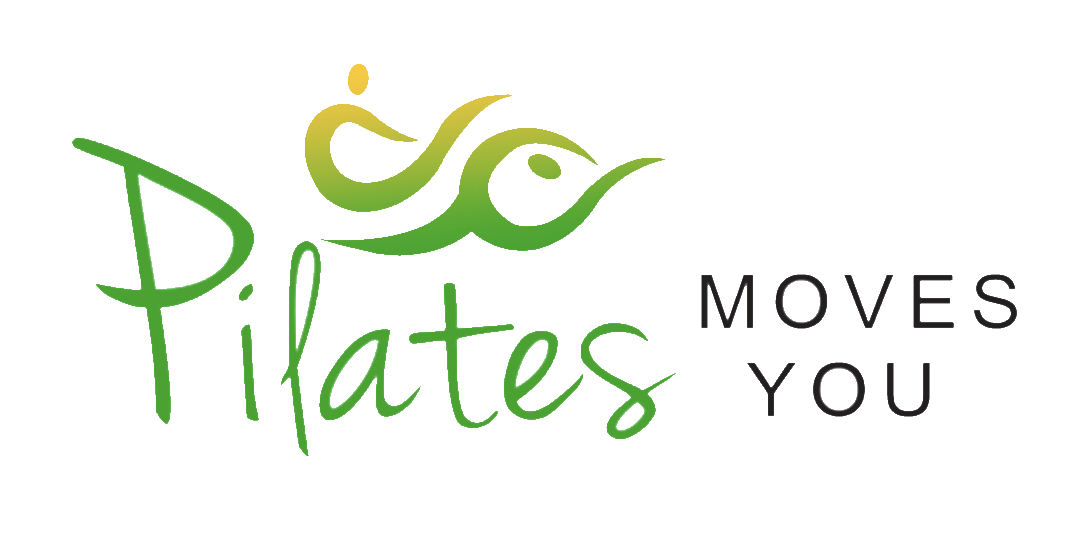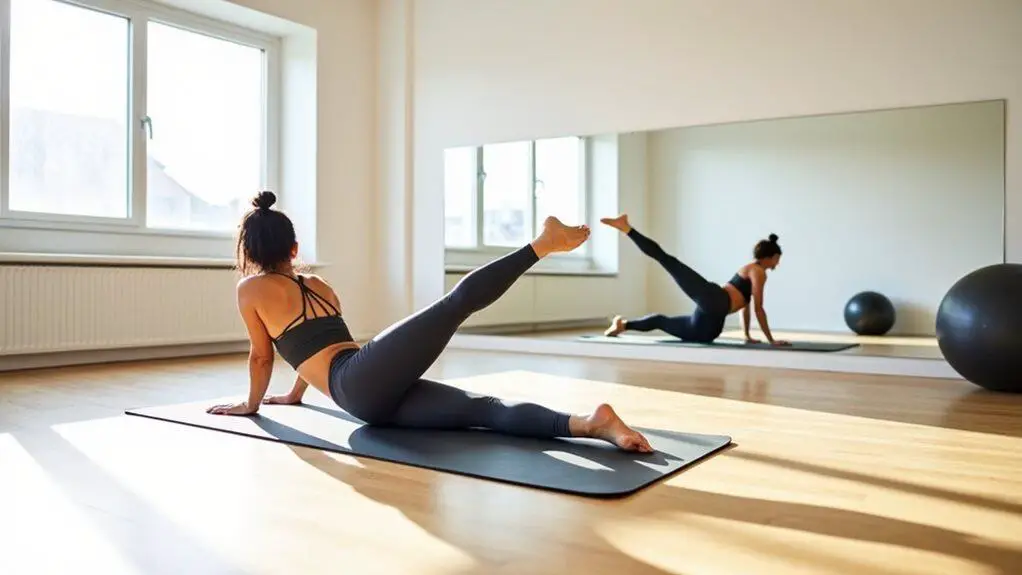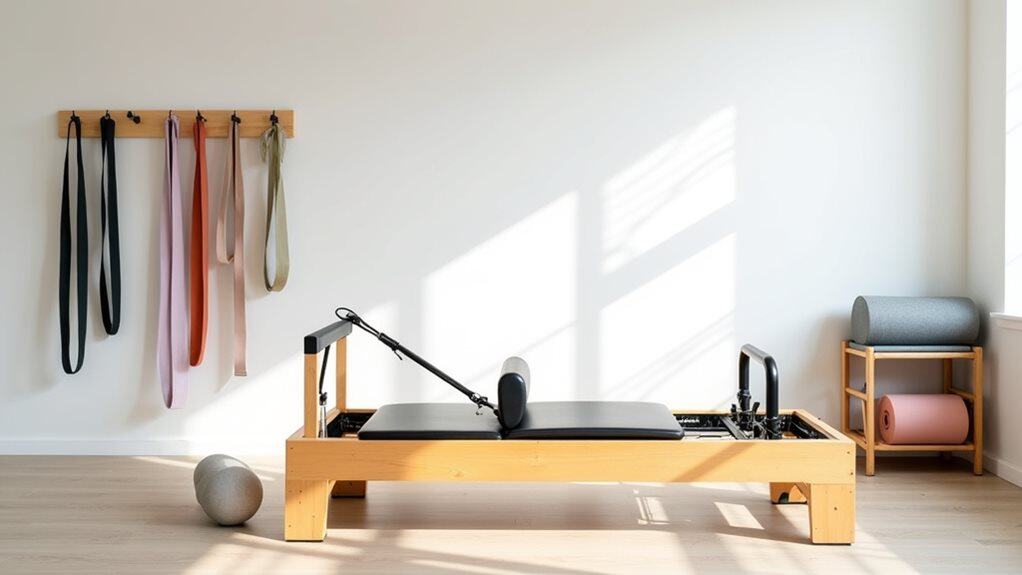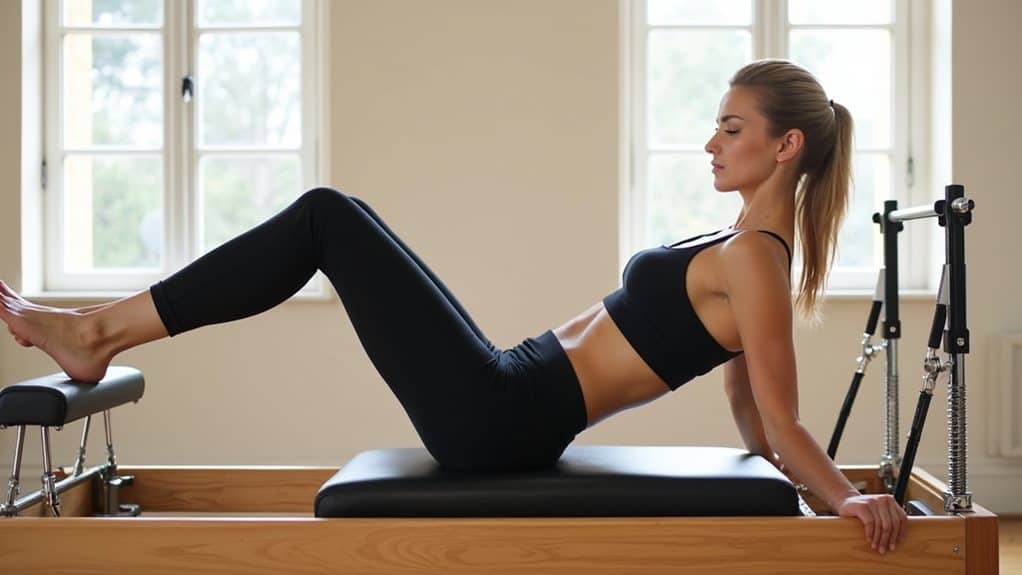Pilates Reformer exercises, renowned for their transformative effects on core strength, flexibility, and overall body alignment, evolve with innovative accessories like the jumpboard. The jumpboard, a padded plate that attaches to the foot of the Reformer, offers an exciting and dynamic twist to traditional routines, merging cardiovascular benefits with muscle toning and lengthening exercises.
As you delve into this article, discover how incorporating a jump board into your workouts can add intensity, variety, and a touch of fun, ensuring you get the most out of your Pilates Reformer sessions.
The Jumpboard: An Introduction and Its Benefits
The world of Pilates, with its plethora of tools and techniques, continually evolves, introducing equipment that redefines the traditional workout. Among these innovations is the jumpboard, a game-changing accessory for the Pilates Reformer.
Essentially, the jumpboard is a padded, rectangular attachment that fixes to the foot-end of a Pilates Reformer. With a sturdy and supportive surface, it allows the user to lie supine and “jump” or “push off” against it, almost like a mini trampoline. This movement, though low-impact, can be both challenging and stimulating.
Core Benefits:
- Cardiovascular Boost: Unlike traditional Reformer exercises focusing on strength and flexibility, the jumpboard introduces a cardio element. This dynamic activity increases heart rate, promoting better circulation and enhancing cardiovascular health.
- Enhanced Core Activation: Every jump requires precision, balance, and control, demanding more from the core muscles. This constant engagement results in a more intensive abdominal workout, improving core strength and stability.
- Leg and Glute Toning: The pushing motion against the board, especially with resistance, offers an excellent workout for the legs and glutes, refining muscle tone and strength.
- Low-Impact yet High-Intensity: For those with joint concerns, the jumpboard is a revelation. It provides the intensity of a jump without the harsh impact on the joints, making it an ideal choice for a diverse range of fitness enthusiasts.
- Variety and Fun: Let’s face it – workouts can sometimes get monotonous. The jump board infuses a new element of fun and variety, ensuring each session feels fresh and engaging.
Incorporating the jumpboard into your Pilates Reformer routine isn’t merely about adding a new piece of equipment; it’s about enhancing your exercise experience. With its many benefits, the jumpboard promises a holistic workout, merging the principles of Pilates with the dynamism of aerobic exercise.
Merging Cardio with Core: The Unique Combination of Jumpboard Exercises
The true essence of Pilates lies in its ability to fuse strength, flexibility, and balance into a harmonious routine. With the introduction of the jump board, Pilates has expanded its horizon to incorporate cardiovascular components, elevating the overall workout experience seamlessly.
- The Cardio-Core Synergy:
At first glance, one might wonder how lying down and pushing off a board could constitute a cardio workout. However, the repetitive and rhythmic nature of jumpboard exercises challenges the heart rate, ensuring that while working on your core stability, you’re also burning calories and improving cardiovascular endurance.
- Depth over Speed:
Unlike typical cardio workouts, which might emphasize rapid movements, the jumpboard focuses on the depth and quality of each jump. It’s not about how fast you can go but rather the control, precision, and technique with which you execute each movement. This deep, purposeful engagement magnifies core activation, making every jump a full-body workout.
- Intervals and Variations:
To intensify the cardio aspect, many instructors incorporate intervals into their jumpboard routines. Alternating between high-intensity jumps and periods of rest or slower-paced exercises can maximize calorie burn and cardiovascular benefits. Additionally, introducing variations like twisting jumps, single-leg pushes, or incorporating props can further challenge the body and keep the routine engaging.
- Functional Benefits:
The unique combination of cardio and core work offers a range of functional benefits. Improved stamina from the cardio components complements the increased core strength, resulting in better posture, more efficient movement in daily activities, and a reduced risk of injuries. Moreover, the cardiovascular benefits contribute to improved lung capacity, better circulation, and enhanced overall heart health.
In Pilates, the jumpboard is a testament to the versatility and adaptability of the practice. By merging the intensity of cardiovascular training with the precision of core-centric exercises, jumpboard routines offer a comprehensive workout experience that caters to both the heart and the muscles, optimizing health and fitness results.
Tips and Techniques: Maximizing Your Jumpboard Workouts
The jumpboard is more than just an accessory; it’s a tool that, when used correctly, can redefine the Pilates Reformer experience. Whether you’re a novice exploring the jumpboard for the first time or a seasoned practitioner looking to refine your technique, these tips and strategies will help you make the most of your workouts.
1. Prioritize Form Over Frequency:
While the temptation might be to increase the number of jumps prioritize maintaining the correct form—a controlled, well-executed jump yields better results than multiple hasty ones. Focus on aligning your knees, ankles, and hips, ensuring a smooth and safe movement trajectory.
2. Engage the Powerhouse:
The ‘Powerhouse’ in Pilates refers to the core area, encompassing the abdominals, lower back, hips, and glutes. Engaging these muscles provides stability, strength, and control during the jumps, reducing strain on the lower back and ensuring a holistic core workout.
3. Adjust Spring Resistance:
Varying the spring tension on the Reformer can alter the intensity and challenge of the jumpboard routine. While lighter springs might seem easier, they demand more control and stability. Conversely, heavier springs offer more resistance, emphasizing strength and power in the legs.
4. Explore Different Footwork:
Variety is the spice of any workout. Experiment with different foot positions, such as parallel, turned out, or staggered stance. This not only brings variety but also targets different muscle groups, ensuring a comprehensive lower-body workout.
5. Incorporate Props:
Using props like resistance bands or small Pilates balls can add an extra dimension to your jumpboard sessions. These tools can intensify the challenge, enhance coordination, and introduce novel movement patterns.
6. Listen to Your Body:
While it’s beneficial to push your boundaries, it’s paramount to listen to your body. If a particular movement causes discomfort or pain, modify it, reduce the spring tension, or seek guidance from a certified instructor.
7. Regularly Update Your Routine:
To avoid hitting a workout plateau, regularly update your jumpboard routine. Incorporate new jumps, sequences, or intervals to challenge your body and mind continuously.
By integrating these tips and techniques into your jumpboard sessions, you can ensure that each workout is effective but also safe and enjoyable. Remember, the jumpboard is a versatile tool, and its potential is limited only by the boundaries of your creativity and commitment.
Safety and Precautions: Ensuring an Effective and Injury-Free Session
The jumpboard, a dynamic addition to traditional Pilates Reformer workouts, has gained popularity for its ability to amplify the benefits of a standard session. However, its integration also comes with a responsibility to ensure safety. Initiating every session with a thorough warm-up is crucial. Spending 10-15 minutes activating the core, mobilizing joints, and prepping the leg muscles sets the foundation for a secure workout.
Alignment plays a pivotal role in safeguarding the body from potential harm. Ensuring the knees, ankles, and hips maintain a straight line when jumping can prevent undue stress on the joints and ligaments. Similarly, it’s vital to avoid hyperextending the knees during the push-off from the jumpboard. Such actions can strain the joint, leading to longer-term issues.
For those new to jumpboard workouts, embracing a philosophy of gradual progression can be beneficial. Starting with elementary exercises, understanding the mechanics and sensations of the jumpboard, and then progressing to advanced movements ensures a steady and safe learning curve. Footwear, often overlooked, can also influence the safety of the session. While many Pilates enthusiasts prefer the tactile feel of barefoot workouts, grip socks or specific footwear on the jumpboard can offer additional traction and reduce the risk of slips.
The tension of the springs on the Reformer is another aspect that warrants attention. Regular checks to ensure that springs are securely attached, and periodic inspections for wear and tear are advisable. Incorrect spring tension can compromise the effectiveness of the exercise and, in some cases, even predispose to injuries.
Listening to one’s body remains one of the most reliable safety measures. Recognizing the difference between the typical discomfort of a workout and actual pain can prevent overuse injuries and strains. For those unfamiliar with jumpboard techniques, seeking guidance from a certified Pilates instructor can be invaluable. Such experts can provide real-time feedback on techniques, correct misalignments, and tailor sessions to individual needs. Lastly, like all exercise equipment, the jumpboard and its accompanying Reformer benefit from regular maintenance. Keeping them in optimal condition ensures not just their longevity but also the safety of every session.
While the jumpboard promises an intensified and diversified workout, it is the combination of mindfulness, preparation, and expert guidance that guarantees an effective and injury-free experience.
Sources:
https://align-pilates.com/videos/jump-board-additional-exercises-pilates-reformer/
https://pilatesbykim.com/blog/f/jump-board-pilatess-super-hero?blogcategory=Pilates+Workout
https://www.premiumpilates.com.au/blog/all-about-jumpboard-pilates




